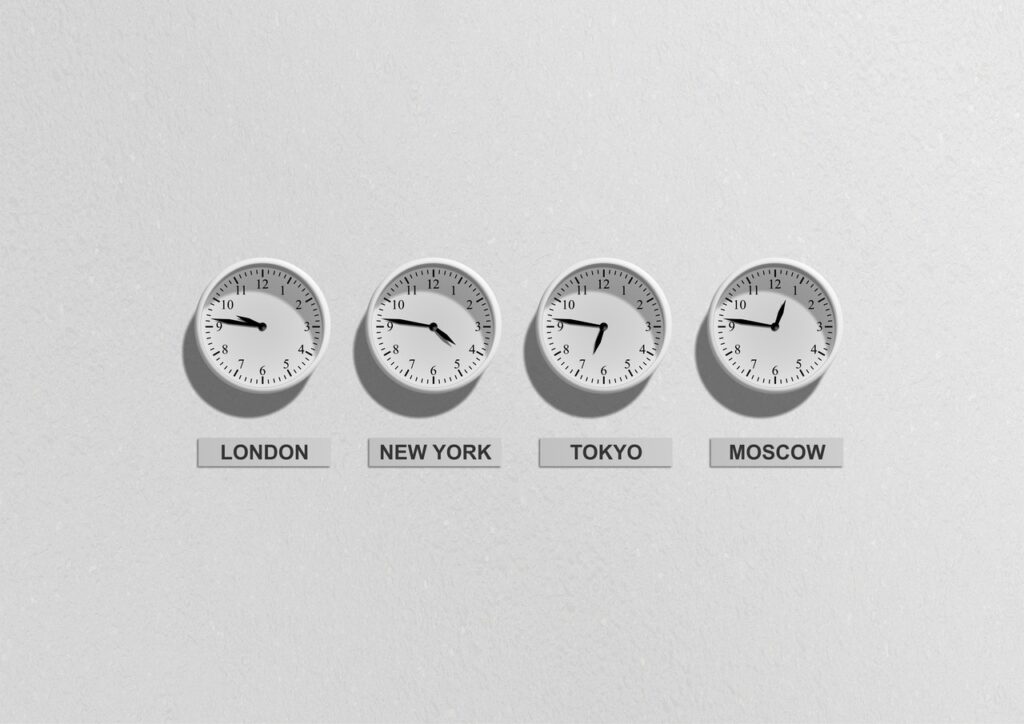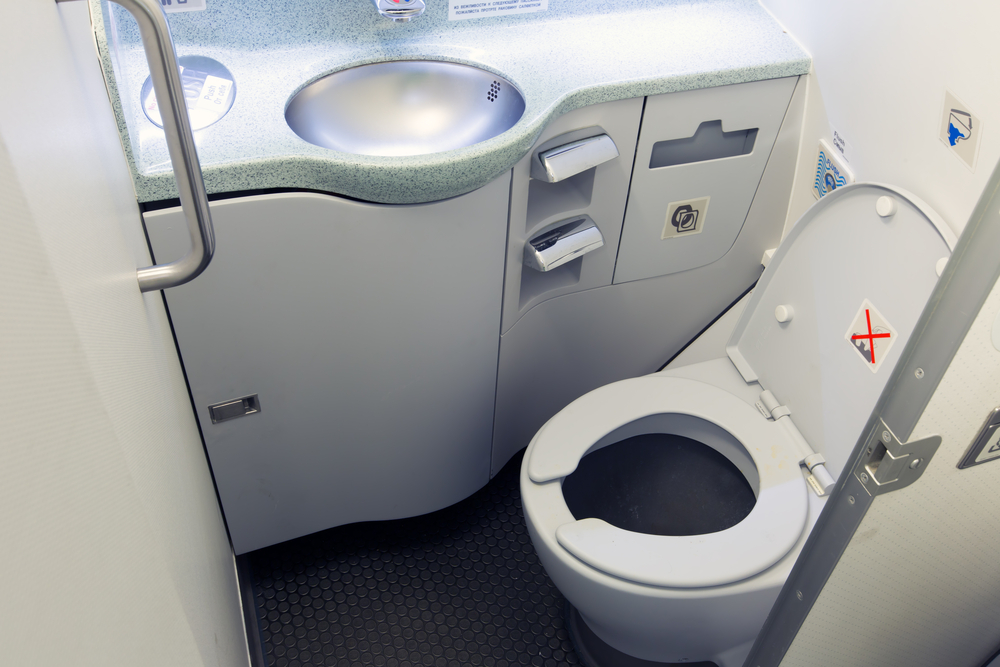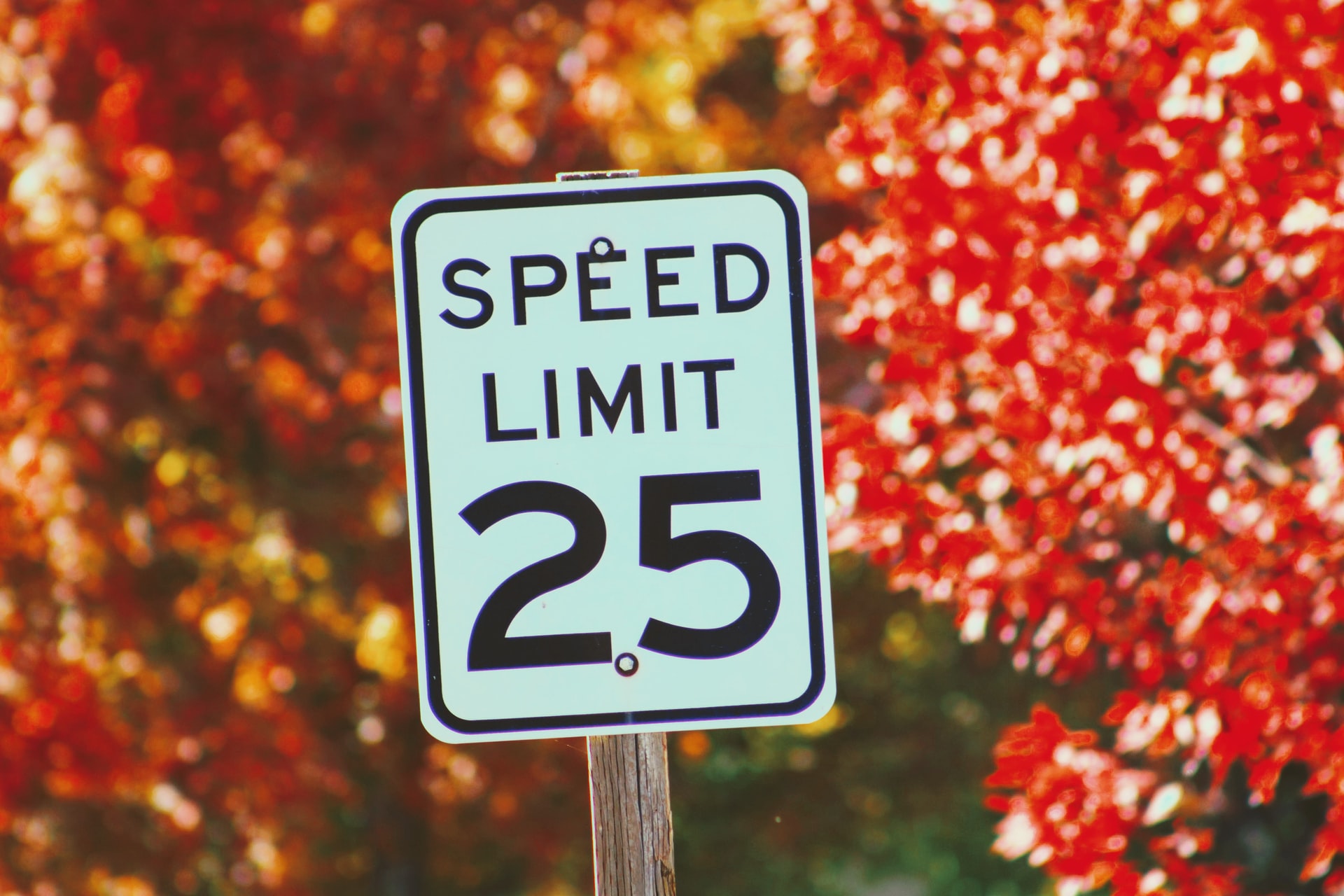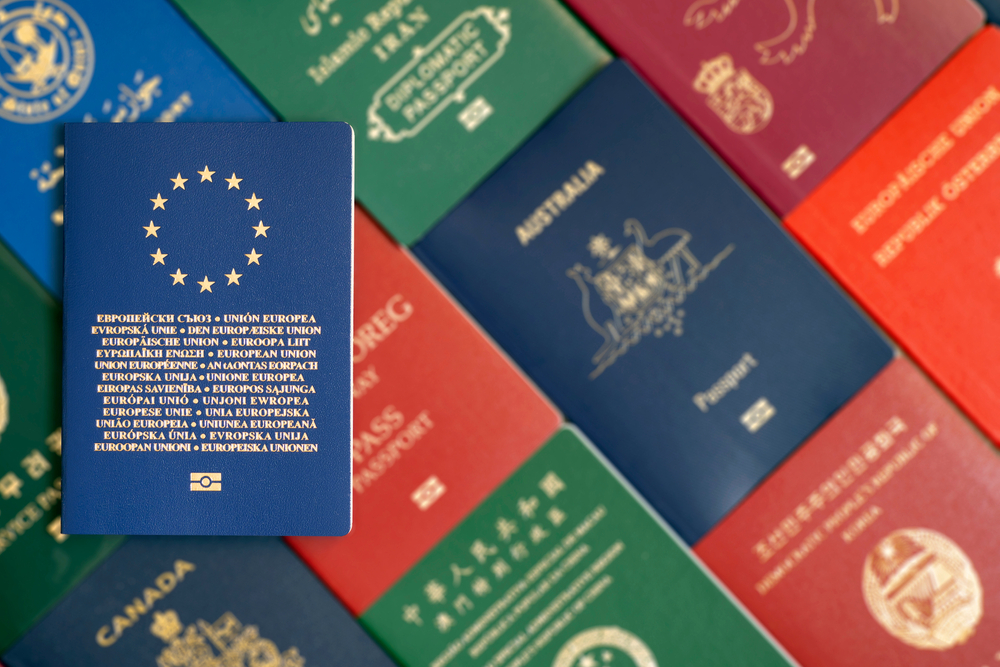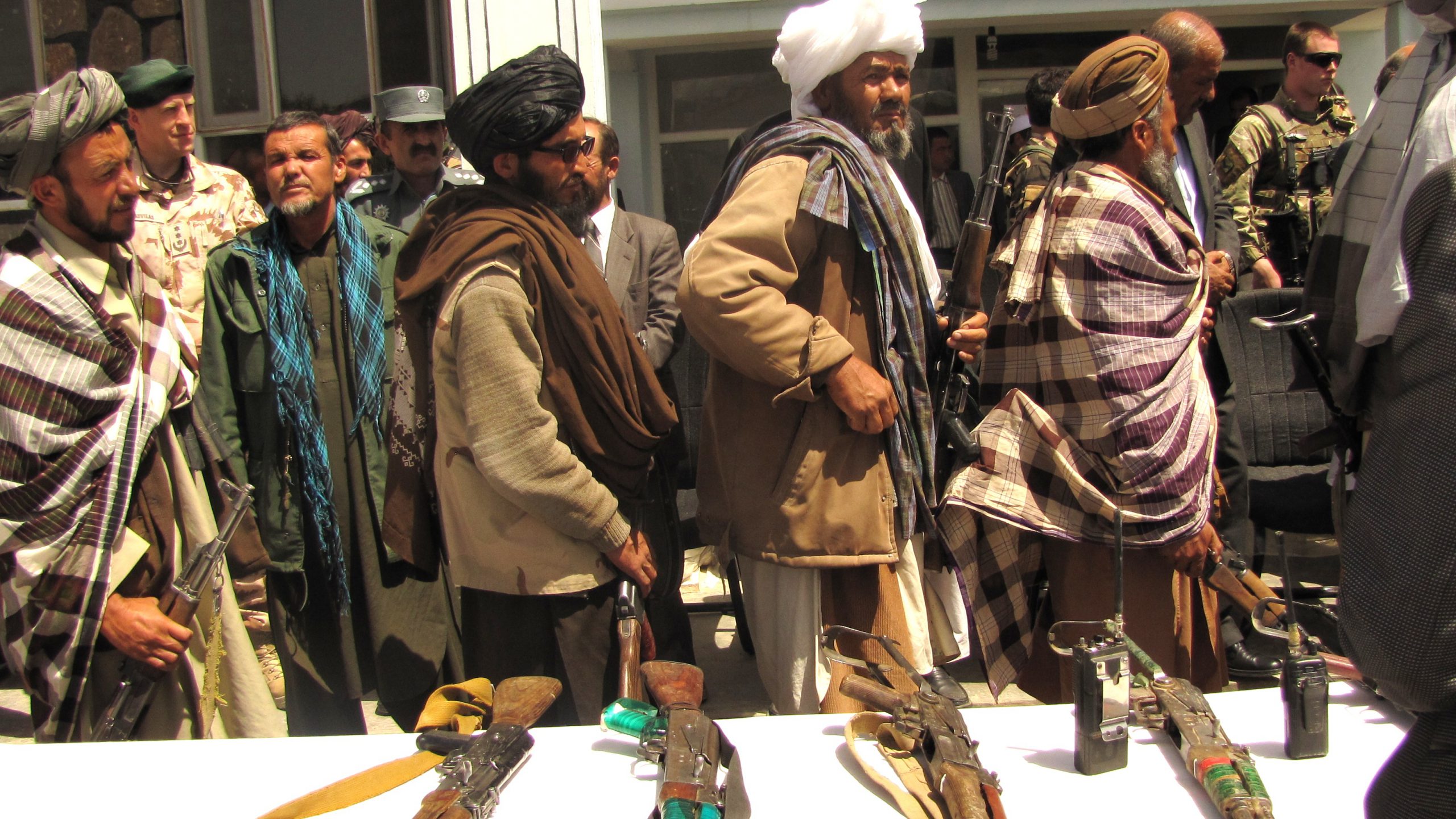Reading Time: < 1 minutes
- Till the late 1800s, towns used to set their local time by the movement of the sun.
- Town clocks would set the time to noon when the sun reached its peak.
- This was considered the town’s official time, and people would set their pocket watches and clocks accordingly.
- And then there were mobile clock setters, who would match their watches to the town clock and travel to people’s homes to adjust home clocks for a small fee.
- When people travelled to other towns, they adjusted their watches upon arrival.
- This became a noticeable problem when the railroads arrived, and the world became more connected—it hadn’t bothered people when the out-of-town travel was infrequent.
- For train schedulers, setting the arrival and departure times for different trains based on town-wise time zones became a nightmare.
- In 1878, Canadian Sir Sandford Fleming proposed the system of worldwide time zones that we use today.
- Since the earth rotates 360O (full circle) every 24 hours, Fleming proposed creating 24 time zones (one time zone for 15O of longitude, i.e., 360O divided by 24 hours).
- This solution was well received, and in 1884, an international conference was called upon to standardise time and decide on what should be considered as the starting point of earth’s rotation.
- Greenwich in the UK was chosen as the starting point, i.e., Prime Meridian (Longitude of 0O), because, at that time, Britain had more ships and shipping traffic.
- Over 70% of the world’s commerce depended on sea charts which used Greenwich as the Prime Meridian.
- However, not all countries adopted Greenwich as the Prime Meridian straight away; e.g., the French used Paris as their prime meridian until 1911.
- It is not mandatory for the countries to follow international time zones, and it is up to the country’s governments to recognise time zones.
- E.g., in 1949, China’s communist government moved the country’s five time zones into one to depict national unity.
- Similarly, Russia covers twelve time zones but only recognises nine of them.
Image courtesy of Pixabay through Pexels
Reference shelf :

